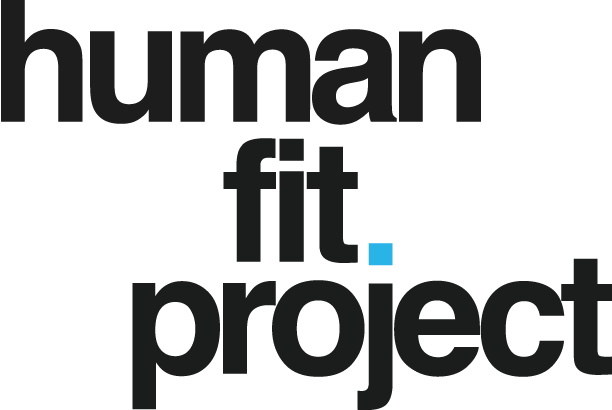Working out if you’re over 40 is essential for maintaining vitality and overall health. If you haven’t started already, it’s time to do so. Many adults hesitate to start exercising later in life, fearing injury or believing it’s too late to make a difference. However, the truth is that it’s never too late to begin, and the benefits of regular physical activity are profound at any age.
Related: The over-40 workout plan to build lean muscle
Understanding the Benefits
Working out if you’re over 40 offers a multitude of health benefits. It can significantly improve cardiovascular health, increase bone density to combat age-related loss, and help maintain hormonal balance. Moreover, physical activity is linked to better mental health, potentially reversing brain shrinkage and improving cognitive function. For men, exercise is associated with improved sexual function and can help maintain testosterone levels.
Getting Medical Clearance
Before diving into a new fitness routine, it’s crucial to consult with a healthcare provider, especially if you have pre-existing conditions or have been inactive for a long time. This step ensures that your exercise plan is safe and tailored to your individual health needs.
Setting Realistic Goals
When starting your fitness journey, set SMART goals: Specific, Measurable, Achievable, Relevant, and Time-bound. Whether you aim to increase strength, improve flexibility, build endurance, or manage weight, having clear objectives will help you stay motivated and track your progress.
Choosing the Right Type of Exercise
A well-rounded fitness routine for those over 40 should include a mix of cardiovascular exercises, strength training, flexibility work, and balance training. The key is to find activities you enjoy, as this increases the likelihood of long-term adherence. Consider options like brisk walking, swimming, cycling, or low-impact aerobics for cardio, and incorporate resistance training using bodyweight, dumbbells, or resistance bands.
Starting Slow
The mantra for beginners over 40 should be “start low and go slow.” Begin with low-intensity workouts and gradually increase duration and intensity as your fitness improves. This approach minimizes the risk of injury and allows your body to adapt to the new demands. A sample starter routine might include:
- 10-15 minutes of brisk walking
- Basic bodyweight exercises like modified push-ups, squats, and lunges
- Gentle stretching exercises
Incorporating Strength and Flexibility Training
Strength training is crucial for combating age-related muscle loss (sarcopenia) and maintaining bone density. Start with simple bodyweight exercises and gradually progress to using light weights or resistance bands. Focus on compound movements that work multiple muscle groups, such as squats, lunges, push-ups, and rows. Flexibility exercises are equally important to maintain mobility and reduce the risk of injury. Incorporate stretching routines or consider activities like yoga or Pilates that combine strength and flexibility work.
Related: The over-40 stretching routine for tight muscles
Finding Support
Joining fitness groups or classes catering to over-40s can provide motivation and social support. Many gyms and community centers offer age-specific programs. Consider working with a personal trainer, at least initially, to ensure proper form and technique, and to help design a program tailored to your goals and fitness level.
Nutrition and Hydration
Proper nutrition plays a vital role in supporting your fitness efforts. Focus on a balanced diet rich in lean proteins, complex carbohydrates, and healthy fats. Stay well-hydrated, especially during and after workouts. As metabolism tends to slow with age, be mindful of portion sizes and choose nutrient-dense foods to fuel your workouts and aid in recovery.
Related: How to adapt your diet as you age
Monitoring Progress
Track your progress using methods that align with your goals. This could include keeping a workout log, taking body measurements, or using fitness apps to monitor your activities. Celebrate small victories along the way, such as increased energy levels, improved sleep quality, or the ability to perform daily tasks with greater ease.
Conclusion
Working out if you’re over 40 is a powerful step towards improving your health, longevity, and quality of life. Remember, consistency is key, and every bit of movement counts. Don’t let age be a barrier – embrace the journey to a fitter, healthier you. Take that first step today, whether it’s a short walk around the block or joining a beginner’s fitness class. Your future self will thank you for the investment in your health and well-being. By incorporating these guidelines and maintaining a positive, patient approach to your fitness journey, you’ll be well on your way to reaping the numerous benefits of an active lifestyle, regardless of your starting point. Remember, it’s not about competing with others or your younger self – it’s about becoming the healthiest version of you at any age.

